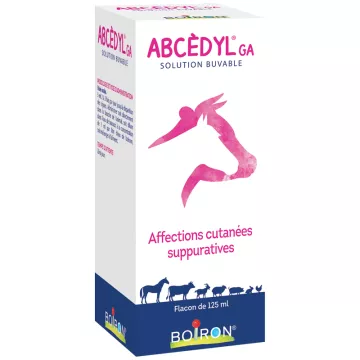
What is an infection and how does it spread?
An infection is the invasion and multiplication of pathogenic micro-organisms such as bacteria, viruses, fungi and parasites, which are not normally present in the body. These infectious agents can be spread in a number of ways, including direct contact with an infected person, ingestion of contaminated food or water, exposure to organisms in the environment, or by vectors such as mosquitoes and ticks.
What are the common symptoms of infection?
Symptoms of an infection can vary considerably depending on the pathogen and the area of the body affected, but common signs include fever, chills, fatigue, muscle aches, cough, inflammation and redness around the infected area. Some infections may also cause more specific symptoms such as rash, runny nose, headache, stiff neck, confusion, shortness of breath, or diarrhea.
How can infections be prevented?
Infection prevention is based on several essential practices:
What are the treatment options for infections?
Treatment of infections depends on the type of infectious agent:
Can an infection be completely cured?
Whether an infection can be completely cured depends on a number of factors, including the type of infection, the speed of diagnosis and treatment, the patient's general state of health and the presence of underlying conditions. Many infections can be completely cured with appropriate treatment, while others, such as certain chronic viral infections, can be effectively managed to allow a normal, active life.
What's the difference between viral and bacterial infections?
Viral infections are caused by viruses, microscopic organisms that require a host cell to multiply. Examples include influenza, the common cold and COVID-19. Viral infections are generally treated with supportive measures and specific antivirals in certain cases.
Bacterial infections, on the other hand, are caused by bacteria, single-celled organisms that can reproduce independently. Infections such as pneumonia, tuberculosis and urinary tract infections fall into this category, and are often effectively treated with antibiotics.
How do you identify a fungal infection and what are its implications?
A fungal infection, or mycosis, manifests itself through symptoms such as itching, redness and rashes. They can affect different parts of the body, including the skin, nails or internal organs. Fungal infections are treated with antifungal agents, which can be administered in cream or powder form, or orally for more severe cases. It's crucial to consult a healthcare professional for an accurate diagnosis and appropriate treatment.
What is antibiotic resistance, and how can it be prevented?
Antibiotic resistance occurs when bacteria mutate and become resistant to the drugs designed to kill them, making infections more difficult to treat. To prevent this resistance, it is essential to:
What are the risks of nosocomial infections?
Nosocomial infections, or healthcare-associated infections, are contracted in a healthcare environment such as a hospital or clinic. They can be particularly dangerous, as the micro-organisms involved are often resistant to common antibiotics. Preventing these infections relies on strict hygiene, appropriate use of personal protective equipment and regular disinfection of surfaces and medical instruments.
What role does the immune system play in fighting infection?
The immune system is essential for defending the body against infection. It uses a complex network of specialized cells, tissues and organs to detect and eliminate pathogens. Maintaining a strong immune system involves a balanced diet rich in vitamins and minerals, regular physical activity, sufficient sleep and stress management. For people with weakened immune systems, additional precautions may be necessary to avoid infections.